
The root of the problem in northern Ontario
This story about a lawsuit involving First Nations in northern Ontario has deep roots — in...
The Brooks home will never be like it was before the 2021 floods in British Columbia. Two years ago, extreme rain filled the Similkameen and Tulameen rivers. Water burst over the banks through a dike and flooded siblings Dian and Danie’s property just outside of Princeton. The two rushed to save their animals and waited for two days in the second level of their home before a rescue boat came.
As Dian watched their homemade furniture bob in the deluge, she remembers thinking, “There goes our house. There goes everything that we have worked for our lives. We have just lost everything.” With help from volunteers, some funding from government and insurance they have since repaired some of the damage and are back inside.
But the two pensioners are still waiting on the provincial government to respond to their appeals for more help. “We have no money. As it is, we’re broke. We will be paying for this for the rest of our lives,” Dian told The Narwhal.
Southern B.C. was hit by its first atmospheric river of the season last week, a fitting backdrop as the province debates how to address emergencies and disasters. The proposed Emergency and Disaster Management Act will define how citizens and communities across B.C. are — or are not — supported by the government when disaster strikes, Chad Pacholik, a disaster risk manager told The Narwhal.
The bill has seen years of engagement and delays and getting to the vote stage to implement the law could still take weeks, or longer. The province’s ombudsperson is also calling for urgent action to improve support for long-term evacuees after another summer of record-breaking wildfires. The hope is this bill will help address decades of government inaction as climate change increases the number and severity of disasters faced by people across the province.
But some experts in emergency management say key elements are missing that would ensure the legislation is clear, easy to implement, properly acknowledges First Nations and supports enough capacity within communities to implement changes.
“Quite literally, lives could depend on the framework and the law that’s being discussed here today. Communities depend on us, as well, to get this right,” Shirley Bond, BC United MLA for Prince George-Valemount, said last week in the legislature, as the proposal saw days of debate. “Time is of the essence.”
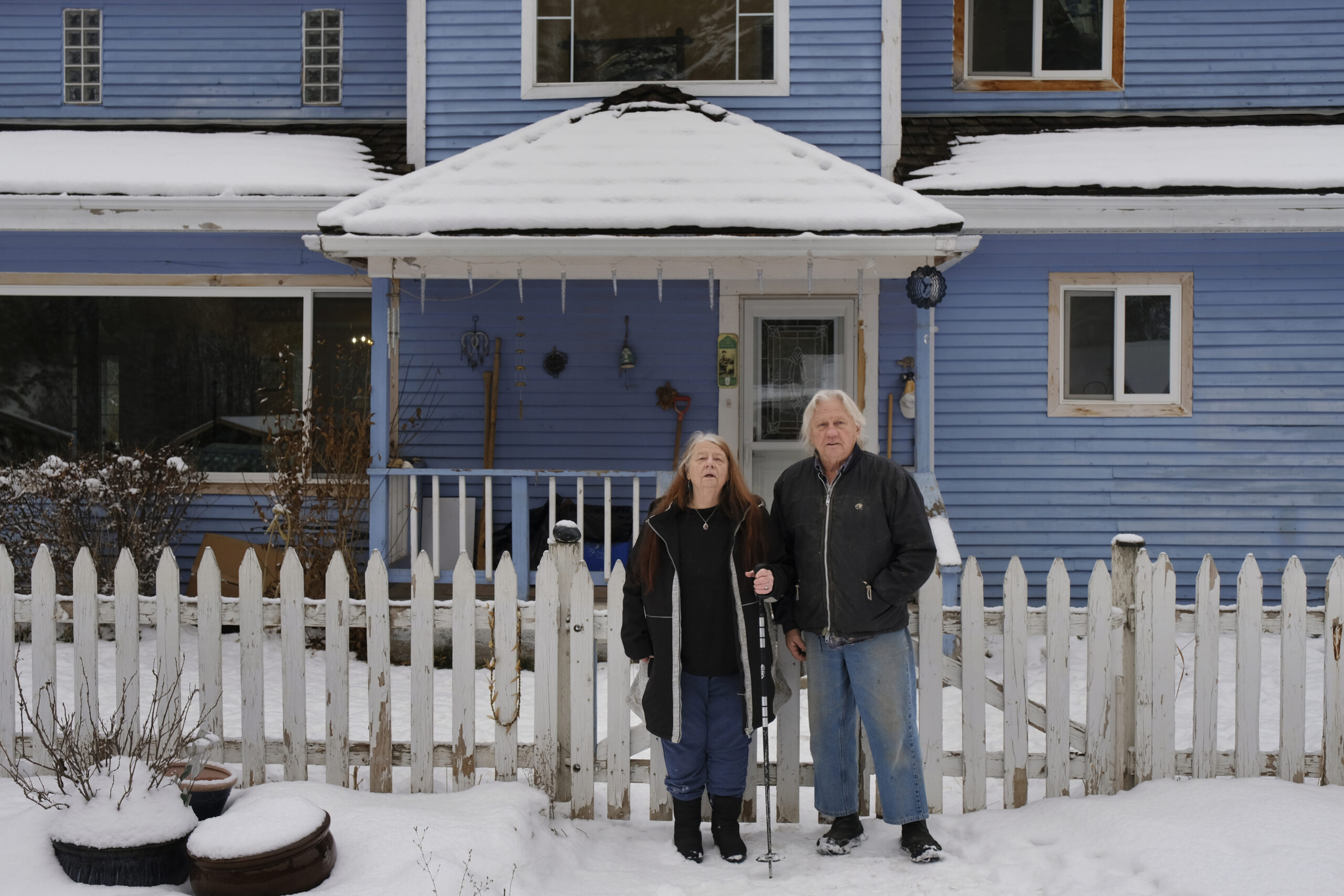
Bowinn Ma, minister of emergency management and climate readiness, introduced the act on Oct. 3. The 122-page draft is a significant update from the previous 12-page Emergency Program Act, which was last updated in the 1990s. It recognizes First Nations’ inherent rights, aims to address modern risks like COVID-19 and climate change and acknowledges the importance of risk reduction, mitigation and preparedness along with response and recovery. There is also a clause that sets the act to be reviewed within five years.
“This legislation formally recognizes the rights of First Nations as decision-makers in emergency management,” Ma said as the bill was introduced. “The Emergency and Disaster Management Act moves towards a holistic four-phase approach of mitigation, preparation, response and recovery.” It requires climate risk assessments and updates the concept of what an emergency is, “to reflect modern realities.”
Changes “will hopefully prove to be a step in the right direction,” Robert Phillips, First Nations Summit political executive said in a press release. The First Nations-led group supports nations in treaty negotiations. “It will be imperative that this new legislation results in strong government-to-government relationships with First Nations in all aspects of emergency management, premised on acknowledgement and respect for First Nations’ title and jurisdiction within their respective territories.”
If done right, new legislation could help improve how displaced people are supported after major disasters, Tyrone McNeil, chair of the Emergency Planning Secretariat, Stó:lō Tribal Council president and Tribal Chief, told The Narwhal. But as it stands, the current draft of the bill is “disappointing.”
McNeil, a member of Seabird Island Band, wants to see evacuee programs modelled after the United Nations Sphere Project, a humanitarian aid program better designed to address long-term disaster displacement. The province’s current program is “designed for an apartment building in Vancouver burning and people vacating for a week or two and they are rehomed,” McNeil said.
Indigenous people in B.C. are more likely to experience evacuations than non-Indigenous people, according to an analysis in The Tyee. In part, this is because colonizers forced First Nations onto reserves, government-created tracts of land that are often in spots prone to risks and hazards and don’t have enough protection, such as dikes to minimize flooding. The Indian Act also undermined the ability of First Nations to self-govern and make decisions for the safety of their communities.
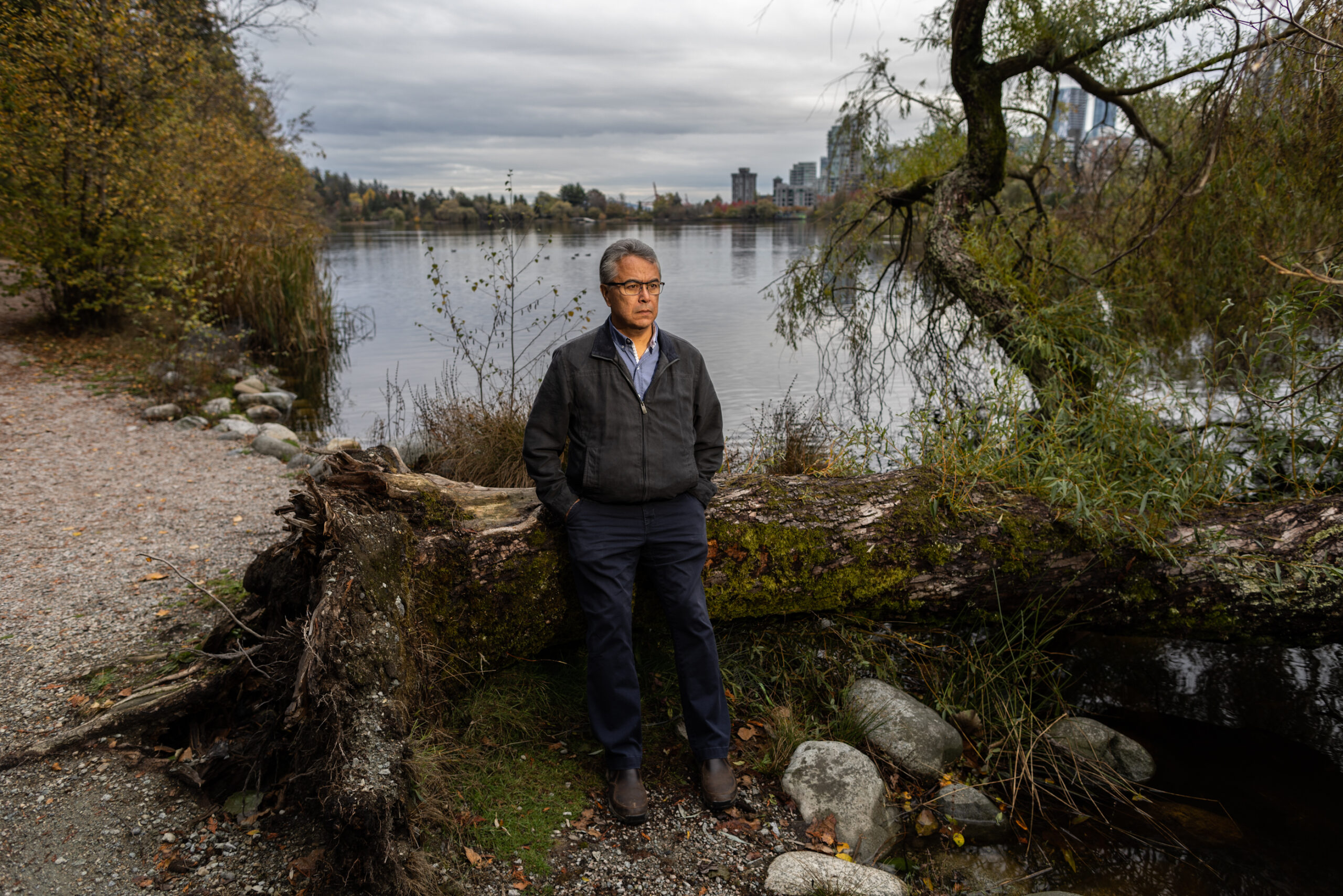
“The stress of evacuation, the stress of multiple evacuations by certain people is going to significantly impact their health over time,” McNeil said. A humanitarian approach would also encompass spirituality, how to take care of Elders and dietary needs. “Let’s be proactive and let’s invest early on.”
While the draft recognizes First Nations’ inherent right of self-government and lawmaking in relation to emergency management, McNeil isn’t satisfied. “It’s a prescriptive piece of legislation that doesn’t fully incorporate our rightful place in emergency management,” McNeil said.
In particular, McNeil is concerned about clause 162 which says that, in cases of conflict, the Emergency and Disaster Management Act prevails over all other provincial acts and regulations. McNeil worries this clause could be interpreted to mean this act supersedes B.C.’s Declaration on the Rights of Indigenous Peoples Act.
“Our rights and title are not properly placed and recognized and respected,” in the current draft McNeil said.
Capacity is crucial as communities grapple with the growing frequency and intensity of disasters. That means having enough paid, trained professionals to handle everything from mitigation to recovery, providing access to standardized emergency management training, ensuring smaller municipalities and regional districts have enough funding and aren’t overly reliant on volunteers.
Frontline delivery of emergency evacuee support is done “overwhelmingly by volunteers,” B.C.’s ombudsperson Jay Chalke said at a press conference. His office reviewed the province’s response to the 2021 wildfires and atmospheric rivers. “We heard about people who were working 15, 16, 17 hours a day, seven days a week for months on end as volunteers … this model cannot be sustained.”
Most local governments are already having trouble meeting current requirements, disaster risk manager Pacholik told The Narwhal. The new legislation adds “a lot more things to the plate, and we don’t have a lot more trained, experienced people to be able to take on those tasks.”
Pacholik worked with local governments and Emergency Management B.C. when the legislation was still being developed and currently consults with First Nations and local governments to help them navigate disaster preparation, response and recovery.
He said the new proposed act puts a lot more on local governments and First Nations, Pacholik said. “I think there’s going to be some struggles to try and keep up.”
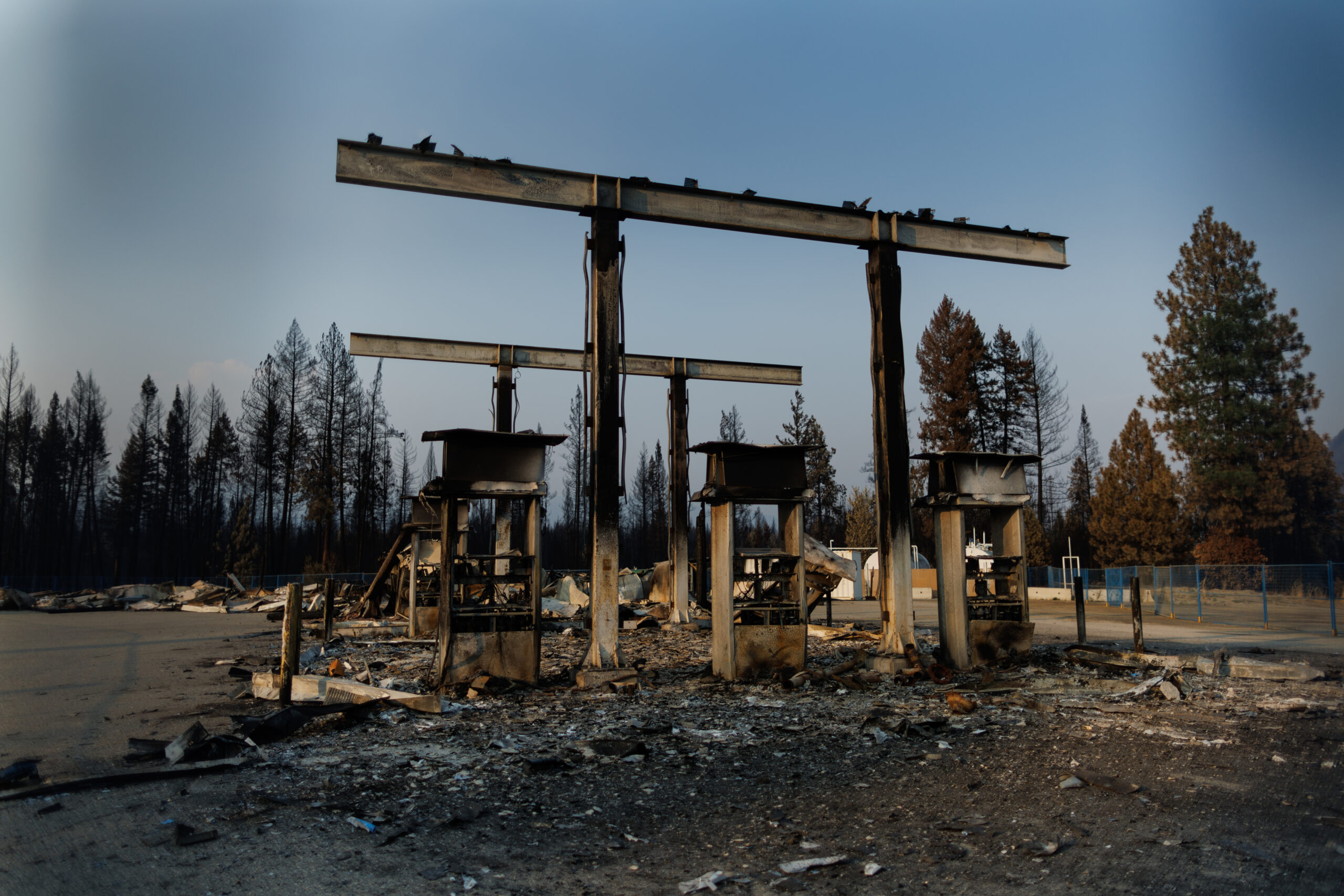
While it’s a positive step that the act puts a greater emphasis on consultation and co-ordination, some First Nations already lacking capacity will now have multiple entities approaching them to maintain this requirement, Pacholik said. Consultation and co-ordination will, “undoubtedly lead to stronger emergency management and disaster risk management. But all takes time.”
The bill needs to enable First Nations to build capacity in a sustainable fashion, McNeil said. He’s called for government funding to be dispersed faster, more community access to professional support and incentives for people to take on advanced degrees and training.
Pacholik said the act does strengthen some opportunities for collaboration: it makes it easier for two or more local authorities or Indigenous government bodies to work together on certain requirements like preparing a risk assessment or emergency management plans. And overall, he thinks the bill is more inclusive and comprehensive than past legislation, Pacholik said.
But while it has a stronger legal lens, he feels that many might struggle with the application of the bill if it becomes legislation in its current state. “It’s very aspirational language,” that envisions a world where disaster risk-reduction is prioritized and well-resourced and good relationships exist between all parties that need to work together. “That is going to take some work in some areas of the province to get there.”
The draft is too complicated and should be put into plain language, emergency management professional Tarina Colledge said, so that it can be understood and applied by people who aren’t academics or policy experts. “Reading through it sends you in circles as you follow various references to different sections and pages.”
In her 17 years of experience working on public safety with local government, Colledge has worked in British Columbia and Alberta and has been deployed to disasters in New Brunswick, Texas and Washington.
Words matter and terminology needs to be consistent, Colledge told The Narwhal. The act, for example, doesn’t define what a “disaster” is, instead referring to the old act for a definition. “How can you have an emergency disaster management act that doesn’t have disasters?” Colledge asked, adding that a clear definition is fundamentally necessary to ensure a clear understanding of what actions need to be taken when.
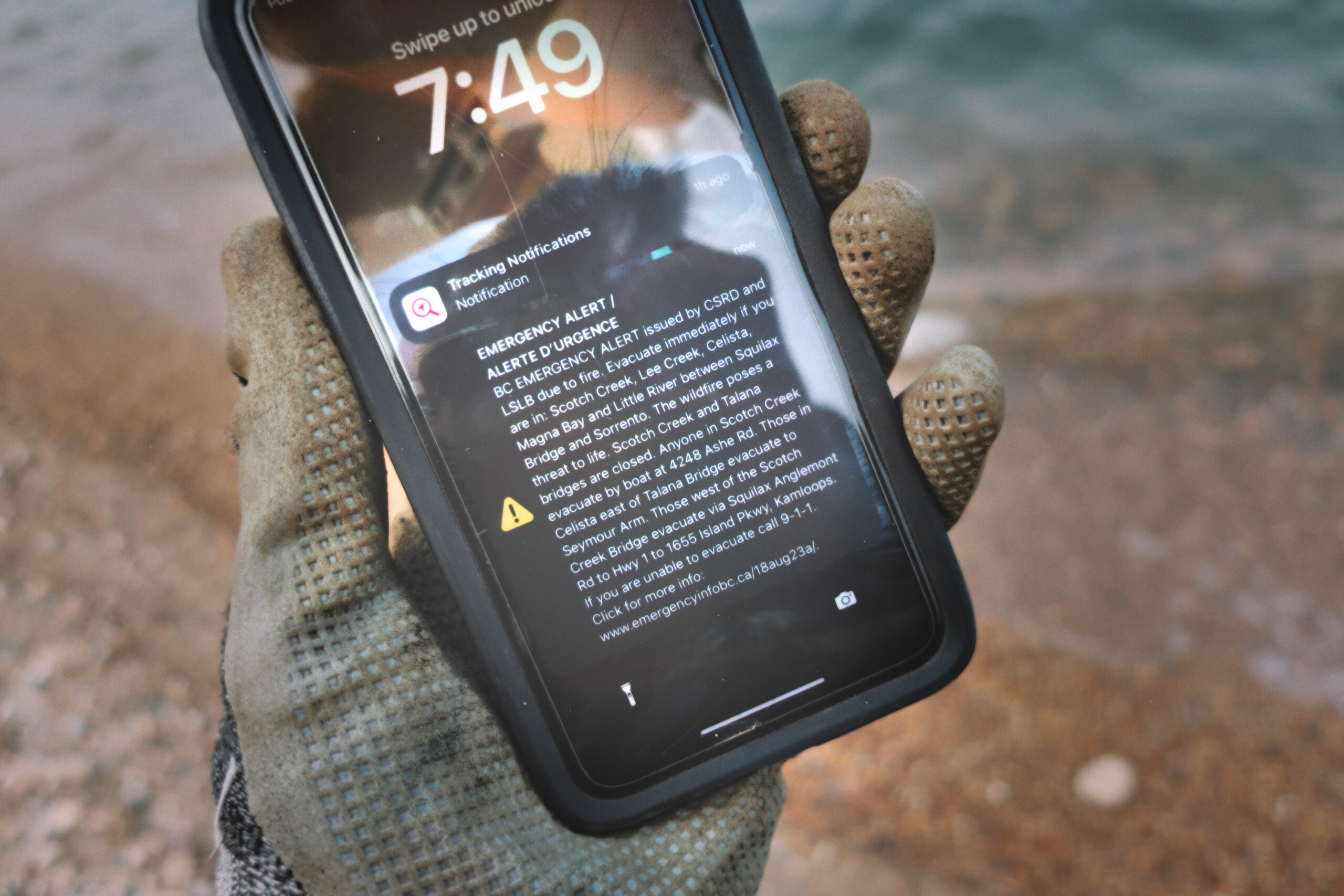
It’s a confusing oversight as there already is common terminology established by Public Safety Canada, Colledge said. The federal department defines an “emergency” as a “present or imminent event that requires prompt co-ordination” like a neighbourhood fire that is growing out of control. A “disaster” is when a phenomenon “exceeds or overwhelms the community’s ability to cope” such as a major wildfire requiring evacuation.
She’s also concerned that the terms “critical incident,” “incident,” “emergency” and “disaster” are used interchangeably. Unclear definitions can lead to public safety issues down the road, Colledge said, because in a disaster, people on the frontlines need a common understanding to reduce miscommunication. It would be like changing the names of the tools in an operating room. “Your gurney is not a gurney, your scalpel is not a scalpel.”
During debate about the proposal, official opposition members from BC United said they were encouraged the government is acknowledging past issues but expressed concerns that this legislation falls short.
“There certainly is a need for clarity on the disaster and emergency management response. I’m not convinced that this bill provides that clarity,” MLA for West Vancouver-Sea to Sky Jordan Sturdy said.
The next step for the bill is a committee hearing where MLAs will ask questions, suggest changes and present a revised version for a vote. The House will then vote on the updated version and either send it back to committee for further changes or have further debate. A final vote by the members of the legislative assembly is needed before the bill is made into law.
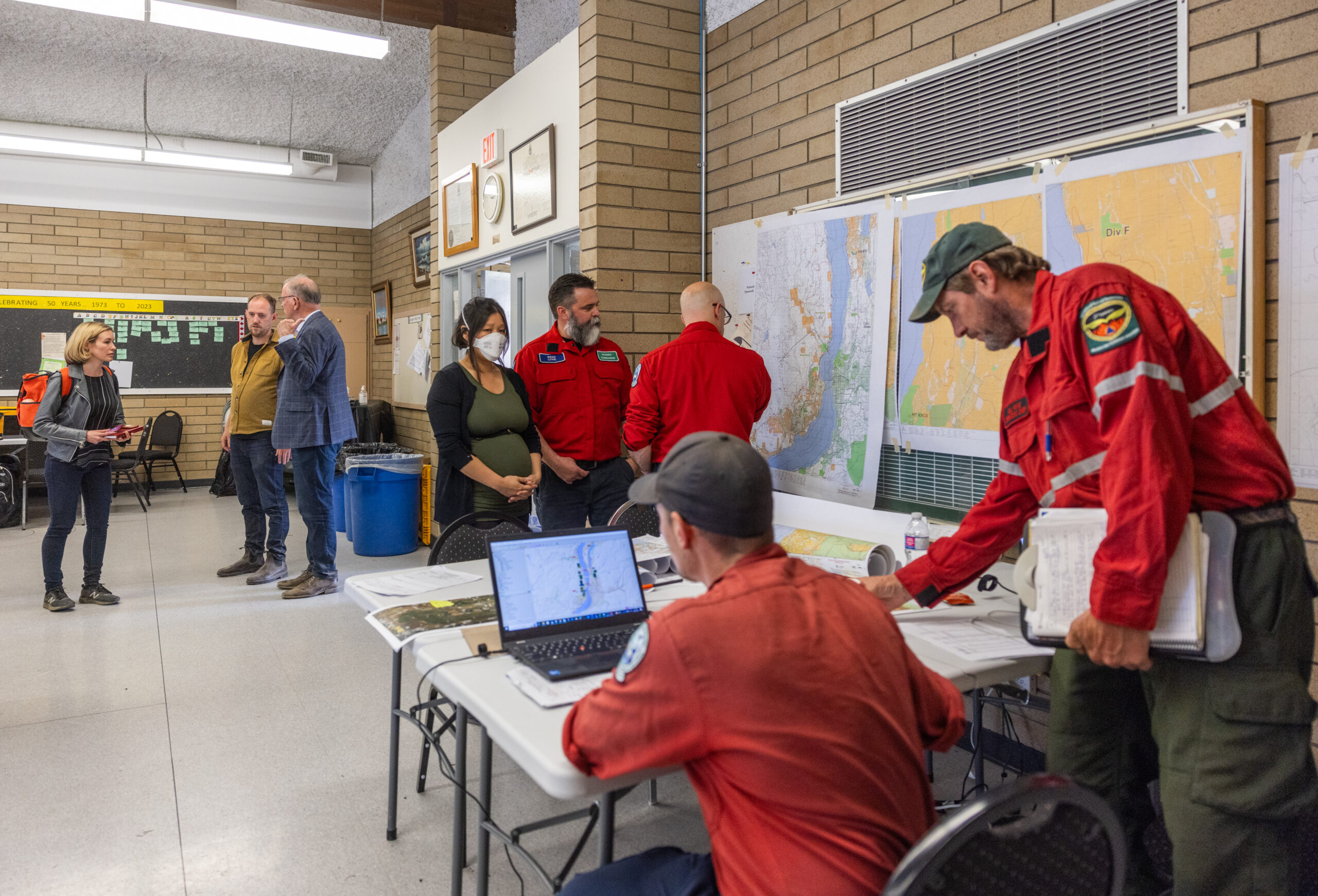
“We have to really think about how do we get these big government machines to be more human-scaled, more oriented towards community and able to operate in a more effective and nimble way when there are real disasters that strike,” Sonia Furstenau, leader of the B.C. Green Party, told The Narwhal. Furstenau said she is looking forward to discussing the bill further and finding out if local authorities and First Nations have enough capacity, resources and authority to drive significant change.
McNeil is hopeful more changes will be made in the committee phase. He wants to see clear acknowledgement of Indigenous Rights, mechanisms for funding and language that encourages greater innovation and resilience. “We really need to enable and support innovation,” McNeil said. “Particularly when it speaks to climate resilience and nature-based solutions, because those are the two long-term solutions on any disaster, whether it be floods, fires, tsunami, sea-level rise … resilience is the best way forward.”
Alongside the legislation, the B.C. government is also creating an emergencies task force. This group is made up of 14 experts in emergency and wildfire management and will “begin work immediately and provide action-oriented recommendations on enhancing emergency preparedness and response in advance of the 2024 wildfire season.”
While politicians debate legislation, flood survivors like Dian Brooks are still living in damaged homes, waiting for answers from government programs meant to help evacuees. After the 2021 atmospheric river events, she and her brother applied for funds through the province’s Disaster Financial Assistance program, which provides financial support to people who suffer “sudden, unexpected and uninsurable losses” as a result of an extreme weather event. Only disasters listed by the province are eligible.
After months of navigating applications, assessments, site visits and paperwork, the Brookses received about $12,000 from their insurance, which the province’s program required them to spend before applying for any other assistance. They eventually received about $51,000 from Disaster Financial Assistance, far from what they say was needed. The siblings have since appealed the amount but still haven’t received a decision from the government. There is currently no required timeline for appeal decisions: as of February 2023, Emergency Management BC received 182 appeal requests for the atmospheric river events and had completed just 12 requests. It upheld the original decision in all appeals.
The same day disaster legislation was introduced this month, B.C.’s ombudsperson Jay Chalke released a report detailing the failures in government response to the heat dome, wildfires and floods in 2021. It focused on the two main programs designated to help evacuees facing everything from an apartment fire to major wildfires and flooding — Disaster Financial Assistance and Emergency Support Services — and found that neither program has been adequately adapted as major disasters increase in frequency and intensity.
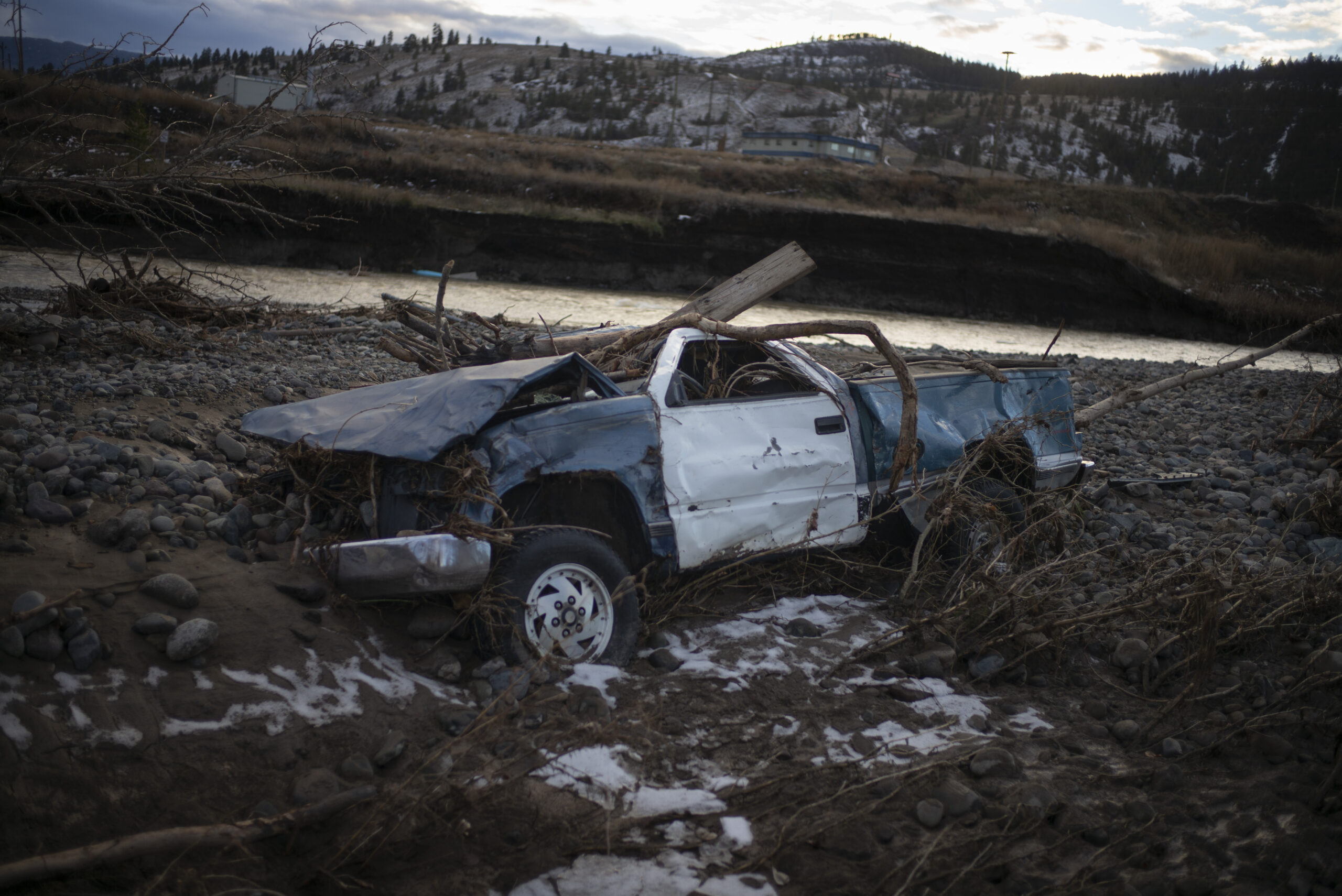
Chalke found the programs are “outdated, under-resourced, inaccessible and poorly communicated.” His team surveyed almost 500 British Columbians affected by floods and fires. Many of them echoed Brooks’ experience of delays, bureaucracy, long waits and lack of clear communication. Chalke called on the government “to take urgent action to better support people who are increasingly being displaced from their homes due to climate-related disasters.”
Chalke also raised serious concerns about inequity in support delivery. The current “one-size-fits-all approach” of these programs “unfairly creates barriers for people to access the supports they need.” The report detailed evacuees’ long waits for decisions about their aid requests, and described the government’s communication as limited and confusing.
It also criticized leaders for ignoring years of warnings, going back to 2003, that B.C’s systems were not set up for disasters that force people out of their homes for weeks or months. “Successive leaders in government have, so far, failed to respond to clear direction for improvement in the province’s disaster response programs and capacities,” reads the ombudsperson’s report.
Brooks agreed the government’s delay was unacceptable. “It’s past time,” Brooks told The Narwhal. Past governments haven’t followed through on their promises “because they don’t have to. That’s the thing that bothers me. There’s money spent to make these reports … and they get shelved. Nothing happens.”
The ombudsperson made 20 recommendations on how to improve the province’s Disaster Financial Assistance and Emergency Support Services.
These include more capacity to handle applications, better recognition for front-line volunteers, accessible reception centres and flexible and responsive support for all evacuees. Chalke also called for a plan to help people facing long-term displacement, greater capacity building and funding for First Nations and a policy to reassess insurance availability across the province.
Chalke also called for changes to be implemented over the next two years. At a press conference following the report’s release, he acknowledged that new legislation could take years to see changes on the ground. “What can’t wait is a comprehensive plan to respond to people who are displaced from their homes for long periods,” he said.
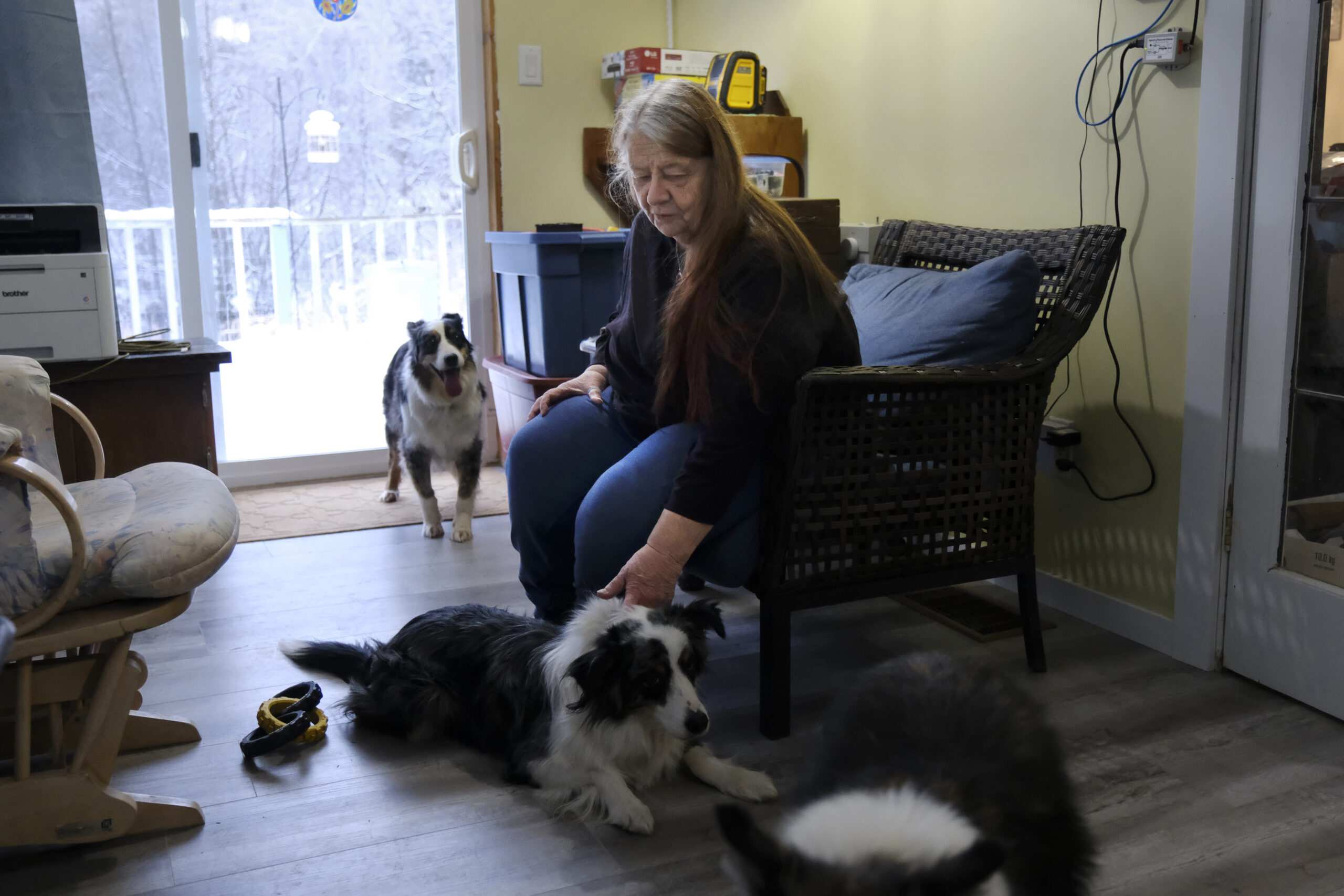
Minister Ma told The Narwhal the province wasn’t surprised by the recommendations and has accepted all of them. “We’ve already done a lot of work over the last few years to try to address or progress on addressing these concerns,” Ma said. “And there will still be work to do moving forward as well.”
The province is transitioning to an online registration system in an attempt to provide assistance faster: it will send evacuees relief through e-transfers, instead of requiring them to stand in line, fill out paperwork and wait for vouchers. There have also been changes to the Disaster Financial Assistance program to expand farm owner and small business eligibility.
The new legislation “speaks to our desire to no longer focus solely on response to emergencies,” Ma told The Narwhal. We need to “get ahead and be better at preparing for mitigating the impacts of disasters before they happen.” The draft will evolve over the next few weeks as it makes its way through the legislative process. When implemented, it will still take years for related regulations to be developed.
Brooks says she refuses to be defeated and is grateful that her brother and her as well as their animals made it out safely. But the to-do list of repairs feels relentless from the roof, fencing, field repairs, front deck and walkway. “We are not beggars at the gate. This is taxpayers’ money,” Brooks said. She estimates they still have about $150,000 of work to go. “I’m angry at our government because I think that they have a very large part in this … There’s stuff they can do about this. They’re just not doing it.”
Editor’s note: The ombudsperson’s report findings echo those in The Tyee’s Bracing for Disasters series, reported by Francesca Fionda in collaboration with the Climate Disaster Project. Both found people are being evacuated in B.C. for weeks, not just days, and government support has not adapted to the climate crisis. You can read Diane Brooks’ first-hand account of the flooding here.
Content for Apple News or Article only Get the inside scoop on The Narwhal’s environment and climate reporting by signing up for our free newsletter. This...
Continue reading
This story about a lawsuit involving First Nations in northern Ontario has deep roots — in...

At a crucial point in their research, biologists are scrambling to find new support for...

From True Detective to The Grizzlies, the Inuk actor is known for badass roles. She's...

